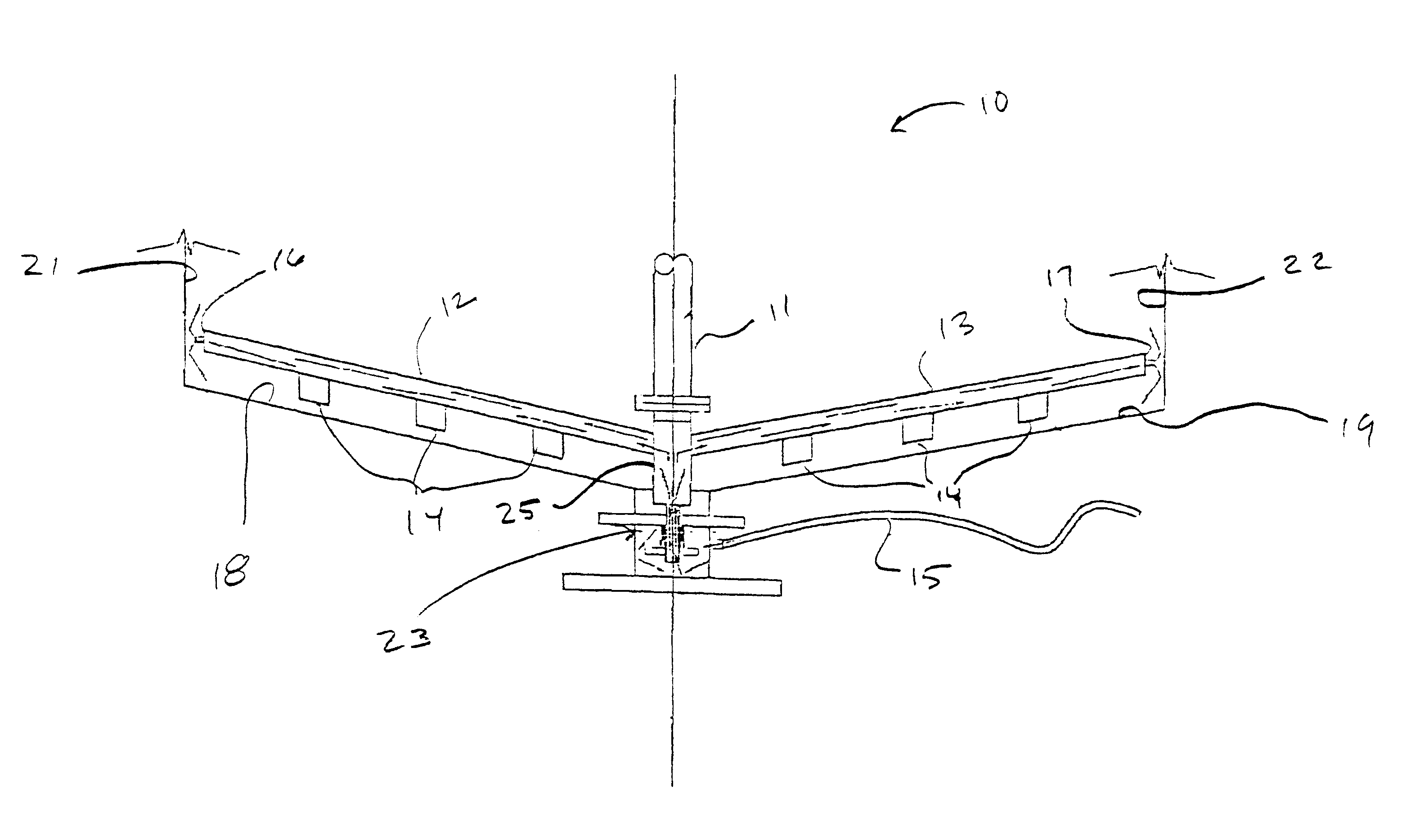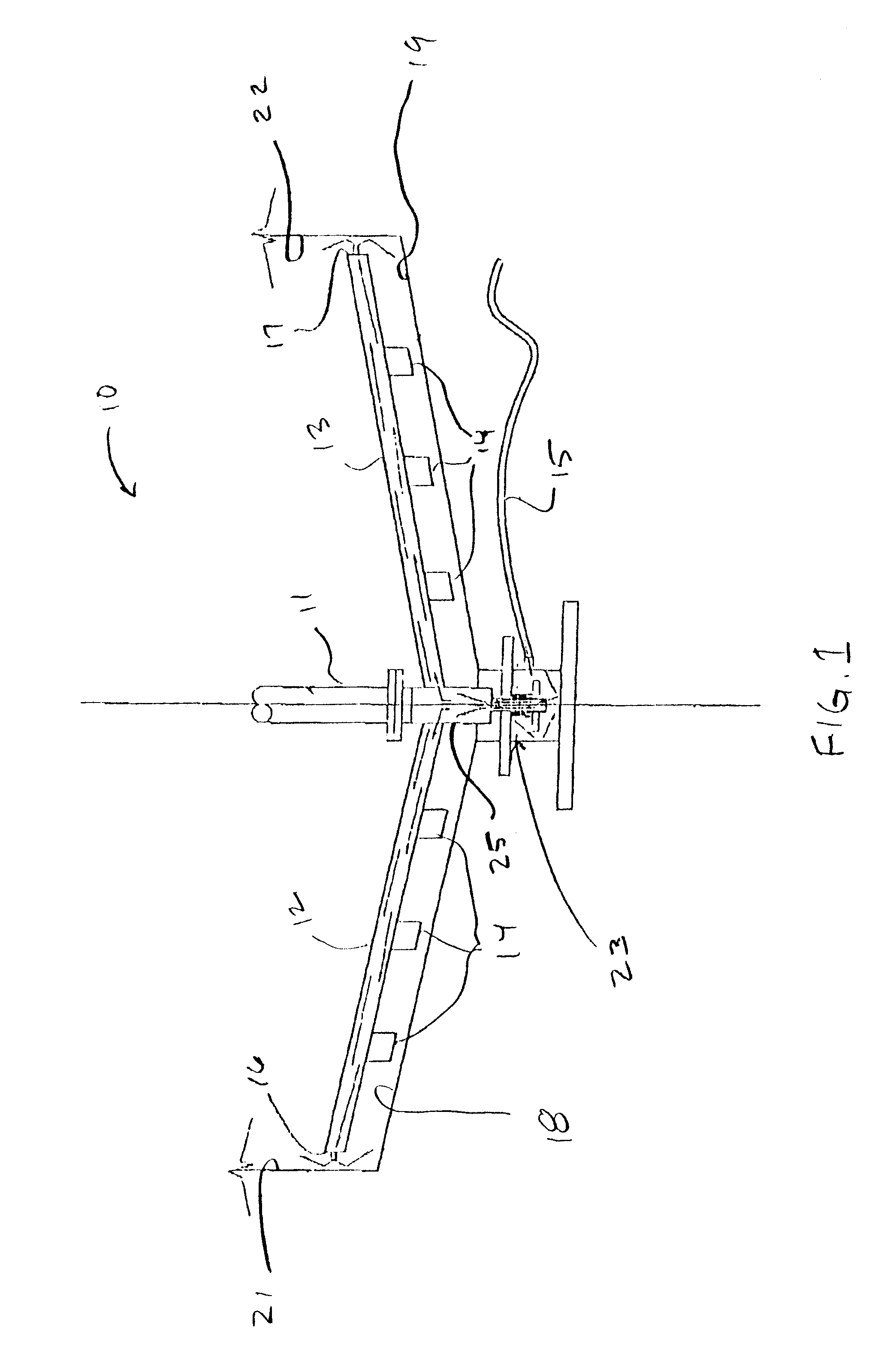Rheology modification of settled solids in mineral processing
a technology of mineral processing and settled solids, which is applied in sedimentation settling tanks, separation processes, transportation and packaging, etc., can solve the problems of affecting the overall process efficiency, material loss, and reducing so as to reduce the viscosity of settled mud, reduce the viscosity of red mud, and increase the speed of flocculation. the effect of solids
- Summary
- Abstract
- Description
- Claims
- Application Information
AI Technical Summary
Benefits of technology
Problems solved by technology
Method used
Image
Examples
Embodiment Construction
The invention comprises a method of lowering the slurry viscosity, i.e. fluidifying, of the underflow from counter current decantation (CCD) vessels by adding slurry rheology modifiers to the mud bed via the rake mechanism.
The present invention applies to mineral processing and mining in general. The present invention further applies to the mining of mineral sands, gold and base metals, nickel, uranium, coal, iron ore, etc.
A flocculant is added to solids bearing liquors as it enters the center of one of several successive vats called thickeners. The liquor moves slowly to an overflow launder around the outer edge of the thickener. The flocculated mud particles collect and settle slowly to the bottom of the thickener. A rake then moves the mud to the outlet at the center of the vessel, where it is removed by pumping.
A major limiting factor in operating a thickener at higher throughputs (tonnage's) is the torque required to drive the raking mechanism. If the mud tonnage is too high, t...
PUM
| Property | Measurement | Unit |
|---|---|---|
| molecular weights | aaaaa | aaaaa |
| diameter | aaaaa | aaaaa |
| volume | aaaaa | aaaaa |
Abstract
Description
Claims
Application Information
 Login to View More
Login to View More - R&D
- Intellectual Property
- Life Sciences
- Materials
- Tech Scout
- Unparalleled Data Quality
- Higher Quality Content
- 60% Fewer Hallucinations
Browse by: Latest US Patents, China's latest patents, Technical Efficacy Thesaurus, Application Domain, Technology Topic, Popular Technical Reports.
© 2025 PatSnap. All rights reserved.Legal|Privacy policy|Modern Slavery Act Transparency Statement|Sitemap|About US| Contact US: help@patsnap.com


